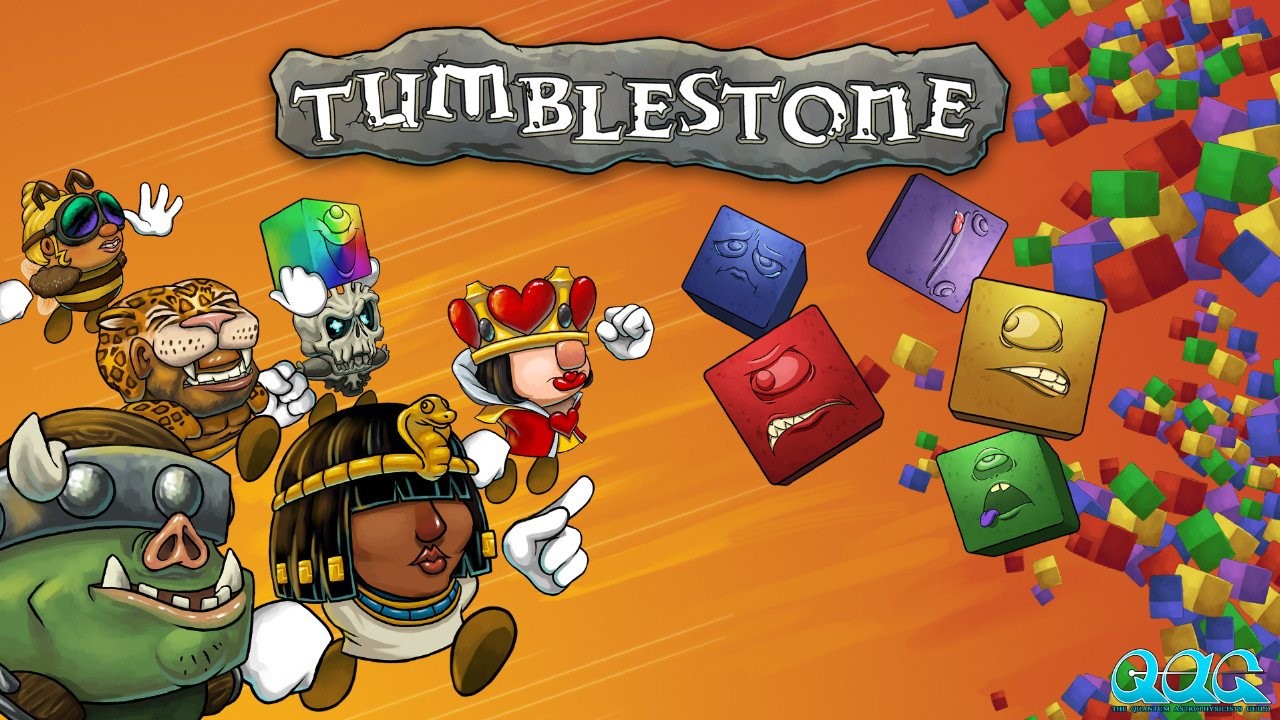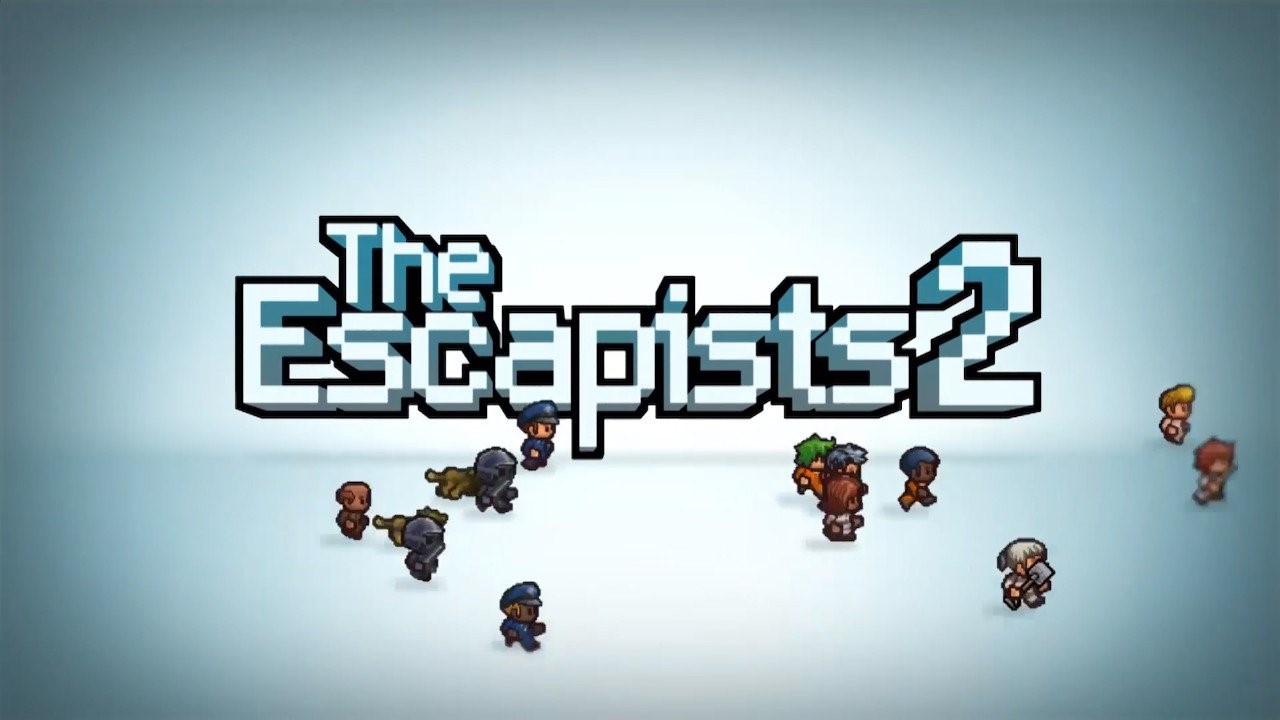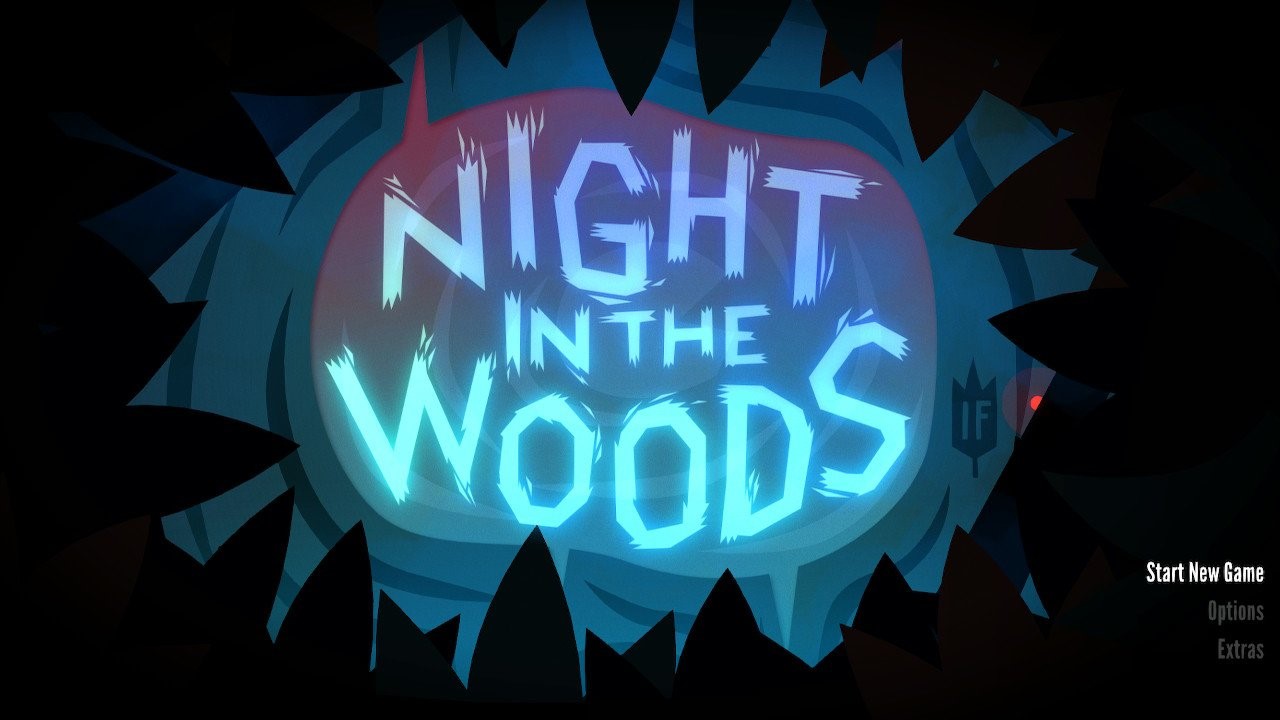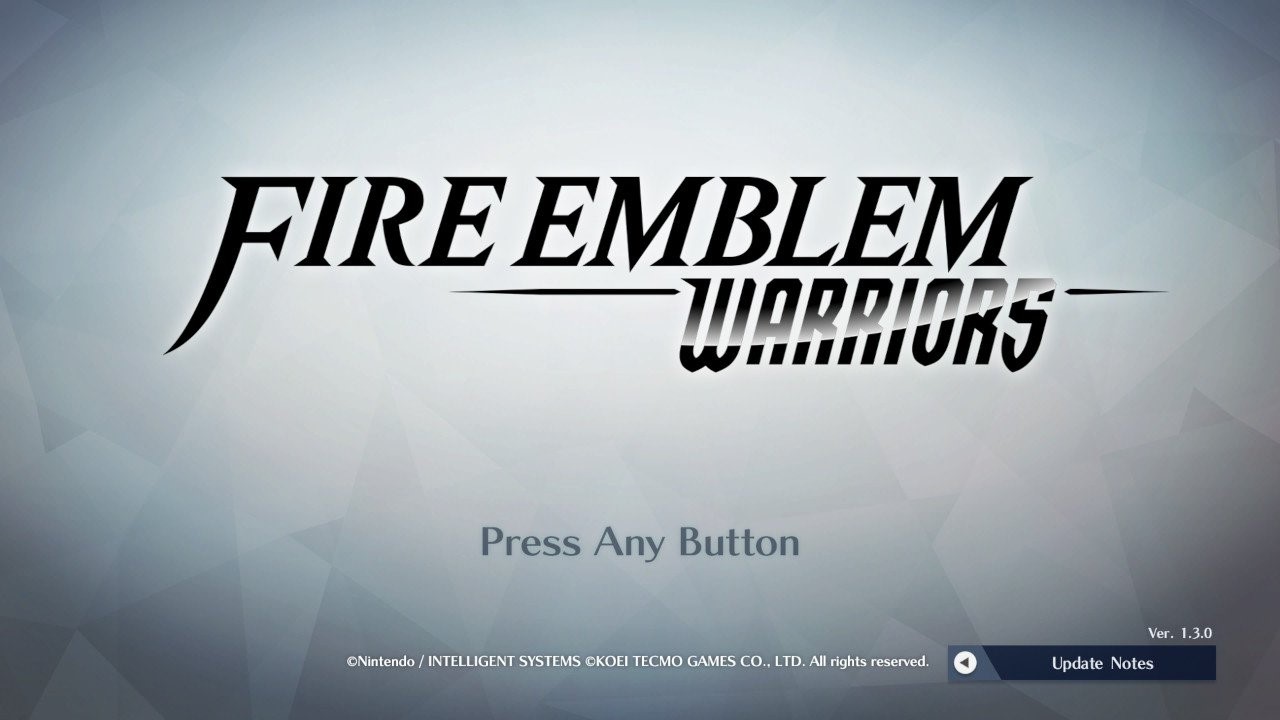Tumblestone
Where Sausage Is a Selling Point
In the land of puzzle games, Tetris has stood as the supreme king since its rise to power in 1984. Puyo Puyo has served as its second-in-command, and together, they unleashed the puzzle beast that is Puyo Puyo Tetris. A number of puzzle games have vied for the throne, be it Nintendo’s own Dr. Mario franchise, the sublime Meteos, or the casual-darling Bejeweled. Against such behemoths, it surprises me that so many indie developers invest their energy into making puzzle games. On a system already drowning in match-three knock-offs, puzzle games must burn with creativity to separate themselves from the common peasants.
On looks alone, Tumblestone appears bound for serfdom. When it originally came out on the Wii U, I was so turned off by the visuals that I ignored the tempting sales and glowing reviews. I had planned to continue ignoring it when it came to the Switch, but then I exhausted my wish list of good multiplayer games to play with my partner. Rather than acknowledge her pleas to play board games or engage in social activities in that hellish world known as “outside,” I downloaded Tumblestone. Remarkably, not only did it keep my pasty arse plastered to couch, it demonstrated a level of quality deserving of at least the title of duke in this puzzle aristocracy.

What is it?
Tumblestone presents you with a board with five columns of different colored blocks (the name of said stone-like blocks currently evades me). The blocks hang from the top of the board while your character scurries across the bottom (a la Magical Drop II). Predictably, you must clear the board of all blocks, and you do so by shooting the bottom-most block of each column. This is a match-three puzzler, however, so you can’t go shooting your finger-lasers just willy-nilly. Once you destroy a block, you must destroy two more of the same color. If you’re not careful while removing blocks, you could find the third purple stone you needed is inaccessibly behind another colored block, forcing you to restart the puzzle.
For the majority of the single-player modes, you can leisurely chart your moves and ensure your success. In the game’s three multiplayer modes, the tempo amps up to a feverish pace as you and your friends/bots race to clear the blocks the quickest. Puzzle Race plays exactly as it sounds: the first to complete the puzzle wins the round. The Battle mode adopts the traditional puzzler approach by throwing an endless number of stones your way. If the blocks reach your character, you suffer a squished death, and the last survivor wins. In Tug of War, you compete to complete smaller puzzles, and when you finish a puzzle, a new one is added to your opponents’ queues. Complete all puzzles in your queue, and the round goes to you.
Tumblestone also boasts a substantial single-player campaign, allegedly containing “40+ hours” of content. Although this estimate is grossly exaggerated, the campaign does a solid job of introducing gameplay modifiers which can later be applied to multiplayer games. A modifier may add a conveyor belt to the columns, force you to fire two blasts with one shot, or prevent you from making consecutive matches of the same color. You will undoubtedly come across a puzzle that appears absolutely unsolvable, but the game rewards you with skip tokens periodically, allowing you to avoid confronting the hard things in your life. Even in the instance that you use all of your tokens, the internet exists, so just Google your problems away.

What’s good?
- Tumblestone is delightfully inventive and intuitive. The single-player modes can offer a Zen-like experience, allowing you to carefully complete a puzzle in one go or frantically destroy blocks until you find the right combination. In multiplayer, the puzzles are simpler, so muscle memory and quick wits trump thoughtful planning. Each modifier can drastically impact how you approach a puzzle, but no matter how jarring a modifier can be at first, each is simple enough for you to find a natural groove after a few puzzles.
- Multiplayer can be tailored to both experienced and new players. Although the gameplay may be difficult to describe to others, most new players will understand the basic concept and even the modifiers after watching or playing a few games. By using the game’s rudimentary yet effective handicap system, you can craft a level playing field no matter the skill levels of your fellow players.
- The amount of content packed into this indie release is staggering. The single-player content is robust enough that you don’t even need friends or loved ones, be it to play with you or save you from your hermitic lifestyle. For the hardcore couch multiplayer fans, the modifiers can be mixed, matched, and randomized to offer a unique challenge each round.

What’s bad?
- Apart from the sound design and blocks, the presentation is awful. The characters look like Rayman’s deformed spawn; the backgrounds and locales are overly cartoony and lacking detail; and the single-player campaign’s story is rife with outdated memes and unironically cheesy gags. Couple all of this with an ugly menu system and you’d be forgiven to think Tumblestone was a flash game.
- The single-player campaign is as bloated as a college professor’s ego. The game features over ten worlds, with each containing 30 puzzles based on a certain modifier. As I stated, I like the modifiers but not enough to enjoy 30 straight puzzles of the same mechanic. Each world also has a stage in which you must clear 3 or 4 consecutive, randomized puzzles. If you make a mistake, you have to try again from the first puzzle. Because these stages are unskippable, you will have to endure—on average—upwards of 20-30 of the same type of puzzle.
- The multiplayer could use some extra features. Online multiplayer is present on the PC version but absent here. You can’t participate in team matches, and Battle mode does not allow modifiers. More modes would have been appreciated. Ultimately, the game offers enough, but why settle with what’s there when I can be demanding and entitled instead?

What’s the verdict?
In its current state, Tumblestone does not surpass the puzzle gaming greats, but it makes a damn good effort. Puzzle games are rarely hits at social gatherings, but Tumblestone has captured the interest of my friends and become the next Rocket Fist by offering short, simple bouts of competition. The game certainly has some room to grow, but that’s what makes the idea of a sequel so appealing. With some polish to the presentation, a streamlined single-player experience, and a wealth of new content, a Tumblestone series could be a major contender in the puzzle market. For my interested readers, grab the demo at the very least. Unlike other demos, Tumblestone is a solid representation of the experience you’ll get with the full version.
Arbitrary Statistics:
- Score: 7.5
- Time Played: Over 25 hours
- Number of Players: 1-4
- Games Like It on Switch: Puyo Puyo Tetris, the Magical Drop series
























